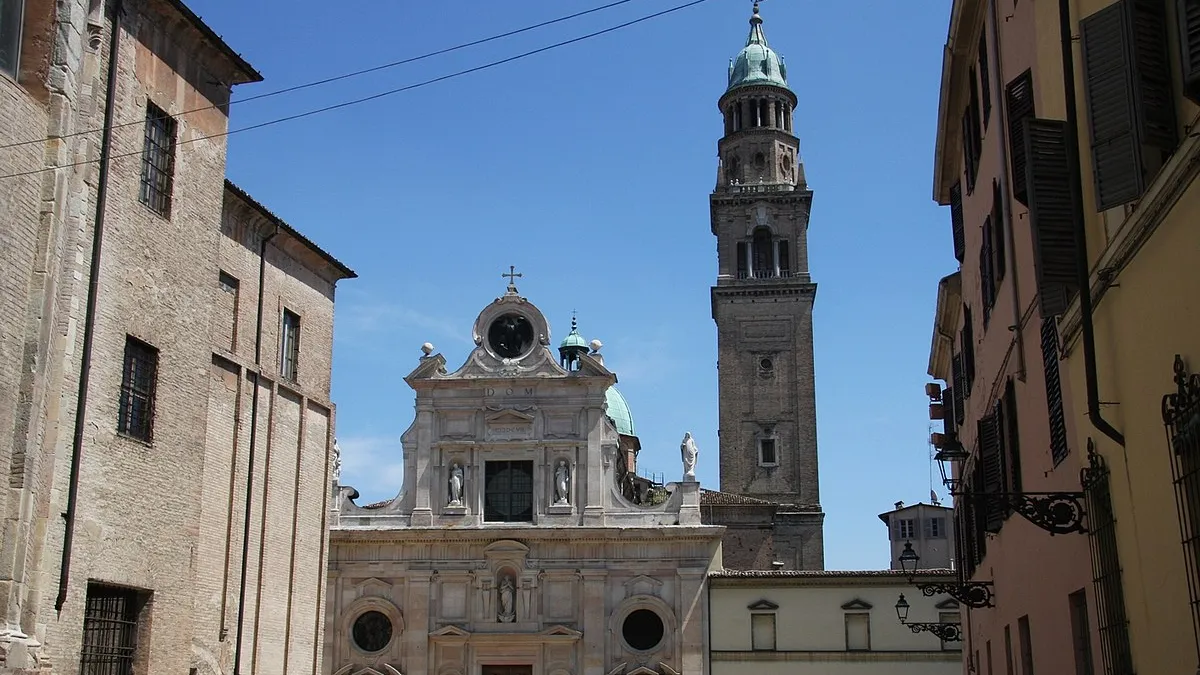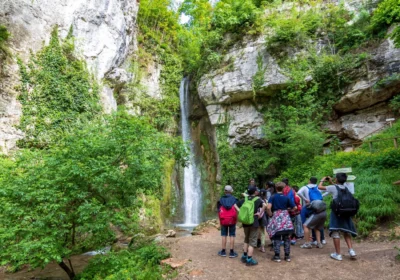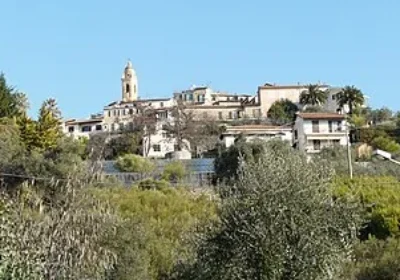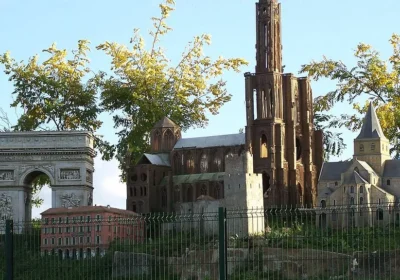“To be born again or reborn” is the Latin name of an era of global significance in the development of culture. The Italian Renaissance or Renaissance paved the bridge between antiquity, the Middle Ages and the New Age. The social prerequisites of the Renaissance are conditioned by the political phenomenon of the country. The empire and the church were replaced by independent city-states, most of which were republics. Independent politics, democratic orders differed from European monarchies. The early Renaissance knew no centralised power. Even in small towns, exiles found support and understanding of humanists.
Tour itinerary:
The former Monastery of St Paul – Benedictine Monastery in Parma was laid out in 1005. The monastery flourished in the XV-XVI centuries. The transformations were associated with the names of two abbesses. Under the first, Cecilia Bergonzi, a new building was erected, designed by Giorgio Edoari de Erba. Under the second abbess, Giovanna da Piacenza, the cloisters were painted with frescoes by Araldi (1514, the cell of St Catherine) and Correggio (1519, the chambers of St Paul). Later, in the XVI-XVII centuries, new buildings were added to the complex. On the vault of the room of the Abbess Giovanna da Piacenza, a young artist depicted amorous “putti” frolicking under the guidance of the goddess Diana. An image of Diana can be seen on the mantelpiece. The beautiful mythological figures in the lunettes underline the degree of Correggio’s talent.
The Church of St John the Evangelist – where in 1524 the artist painted the dome, depicting the Vision of St John. The pinnacle of Correggio’s work in Parma is the “Ascension of Our Lady” on the dome of the Cathedral. The artist created the illusion of spiral movement and laid the foundations of the “trompe l’œil” technique, which became widespread in the Baroque period.
The church of the “Virgin Mary behind the hedge” – built according to a project in which Leonardo for Vinci also took part. The site on which the basilica stands was honoured by the inhabitants of Parma and the surrounding area in ancient times. On the outer wall of one of the houses was found an image of the Virgin Mary, considered miraculous. In order to protect the fresco from destruction and pilgrims, a small chapel was built around it, which was enclosed by a fence. The present church was built in 1539. Parmigianino, who painted the frescoes above the eastern arch, and Michelangelo, who owns the fresco “The Crowning of the Virgin Mary” in the eastern apse, were involved in its interior decoration. The crypt of the basilica is famous for containing the tombs of the Dukes of Parma and their families.
The State Picture Gallery – which contains paintings by Correggio, Parmigianio and one small, beautiful work by Leonardo da Vinci depicting a girl’s head – probably a preparatory sketch for the Madonna.

















